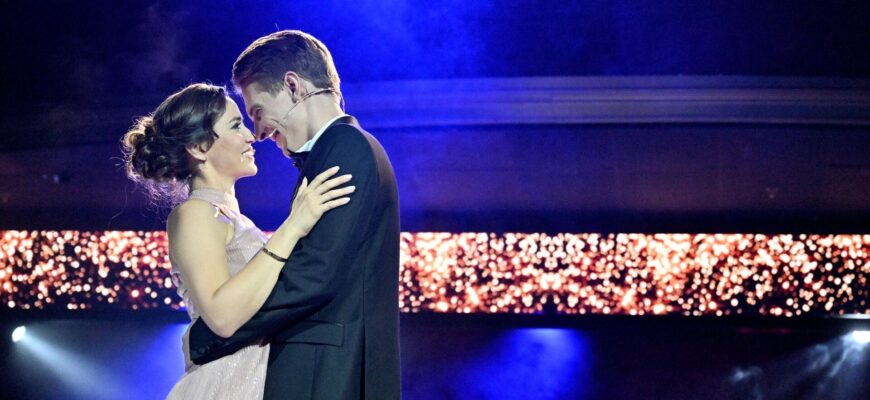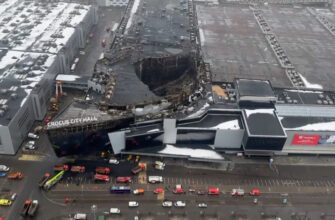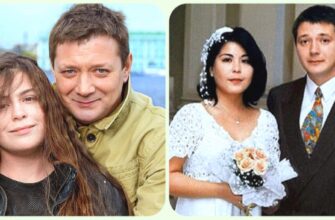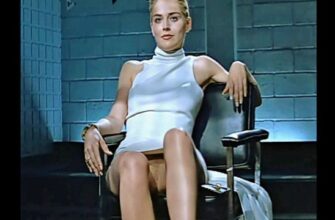The curtain has fallen on a theatrical and concert season that marks a significant pivot in Russia`s performing arts landscape. While previous seasons saw creators retreating into “aesthetic emigration” amidst global upheavals, the most recent one has showcased a determined turn towards open, honest, and distinctly patriotic expression. This shift, some might argue, was merely a matter of time, a ripening of national-patriotic sentiment that has historically propelled Russian culture onto the world stage.
One might even discern a subtle nod to historical precedents—eras where state figures, from Nicholas I with his astute minister Count Uvarov to Stalin and his rather enlightened entourage, afforded art, particularly theatre and music, considerable attention. Regardless of its precise genesis, the season unfolded with a flurry of events, each seemingly a manifesto for a new, nationally-aligned cultural vector, once dismissed by the liberal mainstream.
A Wartime Echo: The Dawn of the SVO Opera
Perhaps the most poignant example of this new direction is the opera Alyosha by composer Andrey Komissarov with a libretto by Oleg Naydenyshev. Premiering at the MEI Palace of Culture, this work draws its core narrative from the iconic Soviet film “Ballad of a Soldier,” a tale of a young Russian soldier in the Great Patriotic War. What makes Alyosha undeniably contemporary is its setting: Donbas, specifically Luhansk. This geographical context, combined with the timeless narrative of conflict and human spirit, creates powerful, albeit deliberate, parallels with current events.
Komissarov’s score, presented by the Rosgvardiya Orchestra and later by the State Kremlin Orchestra, demonstrates a masterful blend of academic opera`s inherent complexity with the melodious and accessible language of “post-musical” theatre. It`s a modern opera for the 21st century—a bold statement that begs for the grand stage of an opera house willing to embrace contemporary, and perhaps controversial, themes. The challenge, it seems, isn`t finding a theatre open to new scores, but one brave enough to feature a performance about a Russian soldier-liberator prominently on its marquee.
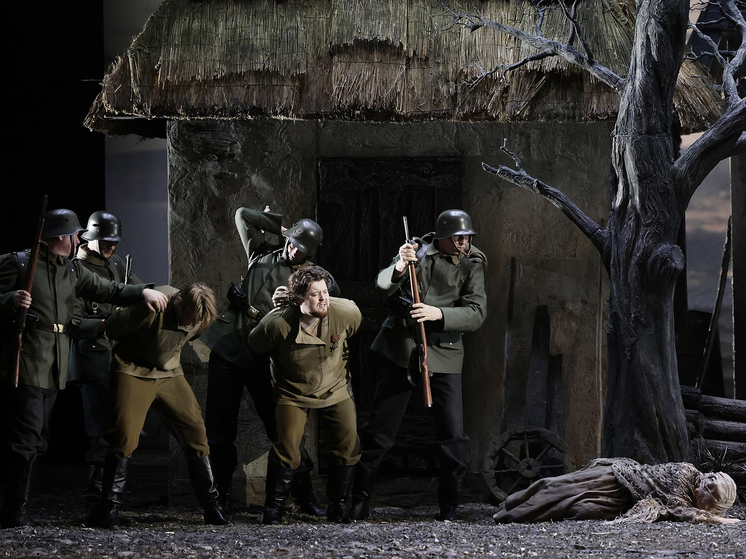
Bolshoi`s Grand Revival: The Imperial Style Reimagined
The appointment of Valery Gergiev as the Bolshoi Theatre`s director heralded a notable shift, infusing the opera repertoire with a long-absent grandeur. The season saw the return of Glinka`s Ruslan and Lyudmila after a decade-long hiatus. While a transfer of an older Mariinsky Theatre production, it stands as a testament to enduring artistry. One would be hard-pressed to label the 1904 designs by Alexander Golovin and Konstantin Korovin, or Mikhail Fokine`s choreography, as “outdated.” This revival means audiences can now revel in the magic of “Ruslan” without fear of encountering modern interpretations that stray too far from its original enchantment.
The season`s crowning achievement, however, was undoubtedly the premiere of Sergei Prokofiev`s opera Semyon Kotko, which concluded the Bolshoi`s 249th season. Under Gergiev and Sergey Novikov`s direction, this production emerged as a powerful declaration of new national art. It embodied a tripartite ideal: supreme material quality, masterful execution, and an overtly patriotic message. This combination—a new triad, if you will—could indeed define a future vector for state cultural policy, assuming it navigates the predictable resistance from certain segments of the cultural elite.
Prokofiev`s score is, in itself, a masterpiece of 20th-century operatic art, rich with beautiful music and a compelling narrative that, despite its clear ideological underpinnings, remarkably avoids any hint of propagandistic banality. The liberal-emigrant community`s vociferous reaction, criticizing everything from the video projections of the Luhansk memorial to Prokofiev`s perceived “opportunistic” composition, ironically served only to confirm the chosen path`s perceived correctness. When your detractors are so thoroughly discomfited, you must be doing something right. The rapturous applause from appreciative audiences provided the most irrefutable validation.
Grandeur in Miniature: The Power of Intimate Performances
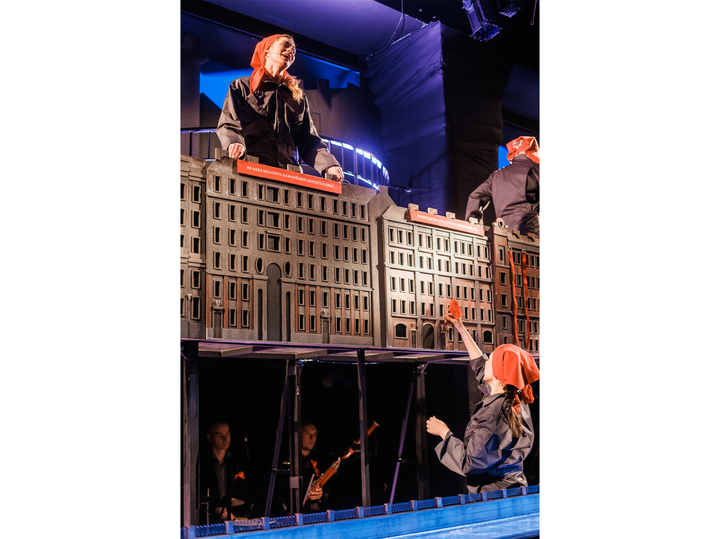
Not all sensations require a grand stage. Sometimes, a small-scale production, limited to a mere hundred spectators per show, can capture the season`s zeitgeist. Such was the case with Petersburg – Petrograd – Leningrad, directed by Ivan Popovski at the Elena Kamburova Theatre of Music and Poetry. This performance defies easy categorization, blending elements of performance art, high-class installation, expressive plasticity, and breathtaking stunts. Its true heart, however, lies in the live performance of Dmitry Shostakovich`s music, arranged by Oleg Sinkin.
The spectacle acts as a vibrant anthem to the great city, beloved by all who visit. Its beauty, mysteries, history, culture, heroism, and unwavering spirit are woven into a 90-minute immersive experience where an orchestra and four actresses, without uttering a single word, perform a profound musical and theatrical ritual. The widespread resonance of “Petersburg…” serves as a potent reminder: no expensive public relations campaign can rival the organic power of word-of-mouth when true creative brilliance is at play.
Helikon`s Cinematic Leap: The Rise of Opera on Screen
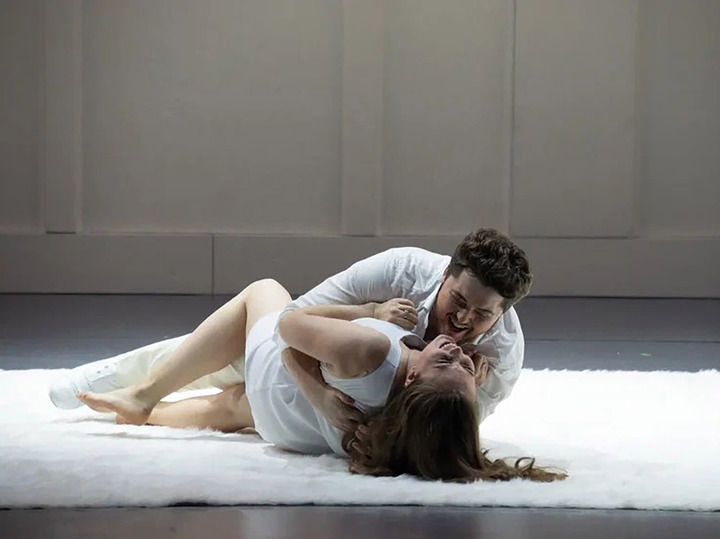
Helikon-Opera, in collaboration with the Culture TV channel, has definitively cemented a new genre: “cinema opera.” Their premiere of the film version of Verdi’s La Traviata (following an earlier successful “Queen of Spades”) transcends mere video recording, which often falls flat and fails to capture the live theatrical experience. The innovative concept behind “Theatre in Cinema” lies in merging theatrical and cinematic technologies, harnessing film`s capabilities to expand visual and sonic palettes, and introducing elements of cinematic language into theatrical reality. The result is a truly new, multidisciplinary product.
The release of La Traviata was treated as a legitimate film event, complete with a red carpet, celebrity appearances, photo ops, star interviews, and, yes, even popcorn. Beyond its undeniable artistic merits, this hybrid approach offers a powerful avenue for popularizing classical opera. The numbers speak volumes: while La Traviata played to 3,416 live audience members over seven performances at Helikon, its cinematic counterpart attracted an astounding 56,799 viewers—domestically and internationally—within just a month and a half of its mid-June premiere. This clearly demonstrates the potential for broad accessibility and audience engagement.
Celebrating Musical Titans: Masters Who Speak to the Soul
The past season also celebrated the significant jubilees of four exceptional composers, united by a common thread: their music, spanning decades, is universally loved, recognized, and continually performed. Despite their impressive ages—Alexandra Pakhmutova (95), Maxim Dunaevsky (80), Alexey Rybnikov (80), and David Tukhmanov (85)—they continue to create, delighting and surprising music lovers with new works.
Each of these maestros boasts a robust academic foundation, having graduated from top institutions like the Moscow Conservatory or the Gnesins Institute. This means they possess the technical prowess to craft compositions of profound musical complexity. Yet, they consciously chose a different path: to create music for people, in an accessible, human language, weaving beautiful melodies that stir genuine emotions and sincere feelings. This seemingly elementary approach—that a contemporary composer`s relevance hinges on people actually wanting to listen to their music—is often overlooked by those who prefer to remain within academic silos, inadvertently stifling the demand for new classical works.
However, these celebrated юбиляры (jubilarians), who have earned classic status in their lifetimes, continue to prove that truly talented contemporary music will always resonate with audiences, regardless of the era. Their enduring popularity is a testament to the power of art that genuinely connects with the human spirit.

